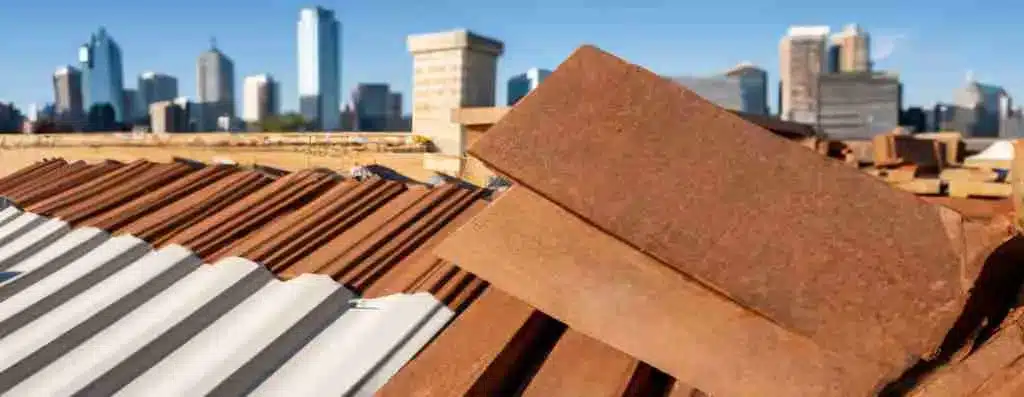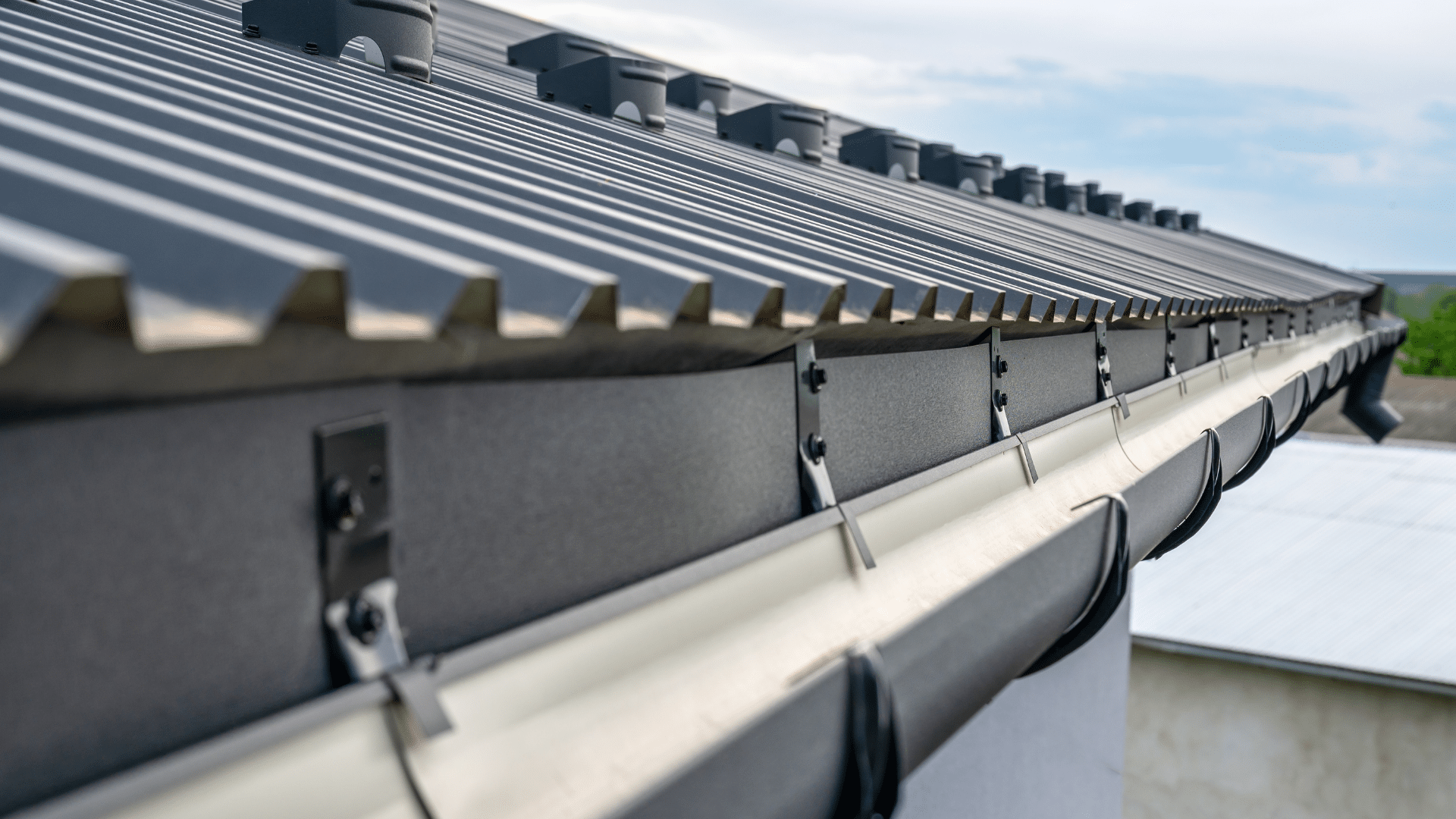When it comes to commercial buildings, the roof is one of the most critical components. It protects the interior from the elements, contributes to energy efficiency, and can even impact the appeal of the building. There are several types of commercial roofing materials available, each with its own set of advantages and disadvantages. In this article, we will explore the pros and cons of these materials to help you make an informed decision for your business.
Understanding Commercial Roofing Materials
Before delving into the specifics of each material, it’s important to understand what sets commercial roofing apart. Commercial roofs are typically flat or low-sloped, which requires different materials than residential roofs. They must withstand the weight of HVAC systems and other equipment, and they often cover a much larger area than residential roofs.
Metal Roofing
Metal roofing is a popular choice for commercial buildings due to its durability and longevity. It can withstand harsh weather conditions and requires minimal maintenance. However, the initial cost of metal roofing can be higher than other materials, and it can be noisy during rain or hail storms.
Metal roofs are made from corrugated galvanized steel, aluminum, or tin. They are known for their strength and resistance to severe weather conditions. Installation can be more complex than other types of roofs because it requires specific skills and tools. Despite the higher upfront cost, the long lifespan and durability of metal roofs can make them a cost-effective choice in the long run.
Asphalt Roofing
Asphalt is commonly used for commercial roofs because it is cost-effective and easy to install. It provides good waterproofing and can last up to 20 years with proper maintenance. On the downside, asphalt roofs are not as durable as some other options and may require more frequent repairs.
Asphalt roofs are made from a mixture of asphalt, mineral fillers, and fibers. They are available in a variety of colors and styles, making them a versatile choice for commercial buildings. While they are less expensive to install than metal roofs, they require regular maintenance to prevent leaks and extend their lifespan.
Rubber Roofing
Rubber, or EPDM, roofing is lightweight and resistant to weather damage. It’s also relatively easy to install and repair. However, it’s not as aesthetically pleasing as other materials and can be prone to punctures.
Rubber roofs are made from a synthetic rubber compound known as EPDM. They are highly resistant to UV rays, ozone, and weathering, making them an excellent choice for commercial buildings in a variety of climates. While they are more expensive than asphalt roofs, they require less maintenance and have a longer lifespan.
The installation process for rubber roofing involves laying down the EPDM material and then sealing it with adhesive. This creates a waterproof barrier that can effectively protect the building from the elements. Despite its many advantages, rubber roofing does have a few drawbacks. It’s not as durable as some other materials, and it can be prone to punctures and tears. However, these can usually be repaired easily and inexpensively.
TPO and PVC Roofing
TPO and PVC are types of single-ply roofing membranes. They are highly resistant to leaks and offer excellent energy efficiency. However, they can be more expensive to install and may not be as durable as other materials in extreme weather conditions.
TPO and PVC roofs are made from a single layer of thermoplastic material. They are heat-welded at the seams for superior strength and leak resistance. While they are more expensive than other types of commercial roofing materials, their energy efficiency and low maintenance requirements can make them a cost-effective choice over time.
One of the main advantages of TPO and PVC roofing is their white color, which reflects sunlight and helps to reduce heat buildup in the building. This can significantly reduce cooling costs during the summer months. However, these materials can be more difficult to install than others, and they may not be as durable in extreme weather conditions.
Green Roofing
Green roofs are covered with vegetation, offer excellent insulation, and can help reduce the urban heat island effect. They also provide aesthetic and environmental benefits. However, they require a significant amount of maintenance and have higher initial costs.
Green roofs are a relatively new trend in commercial roofing. They are designed to support plant life, creating a green space on the roof of the building. This not only improves the aesthetic appeal of the building but also provides excellent insulation, reducing energy costs. Additionally, green roofs can help to reduce the urban heat island effect, making the surrounding area cooler and more comfortable.
However, green roofs require a significant investment, both in terms of the initial installation and ongoing maintenance. They need regular watering and care to ensure the plants remain healthy, and the roof structure must be strong enough to support the weight of the soil and vegetation. Despite these challenges, many business owners find that the benefits of green roofs outweigh the costs, particularly in urban areas where green space is limited.
Conclusion
In conclusion, the best type of commercial roofing material depends on various factors, including your budget, the local climate, and the specific needs of your building. By understanding the pros and cons of each option, you can make a decision that will provide the best protection for your commercial property. Whether you choose metal, asphalt, rubber, TPO, PVC, or a green roof, each material has unique characteristics that can make it the right choice for your commercial building.




